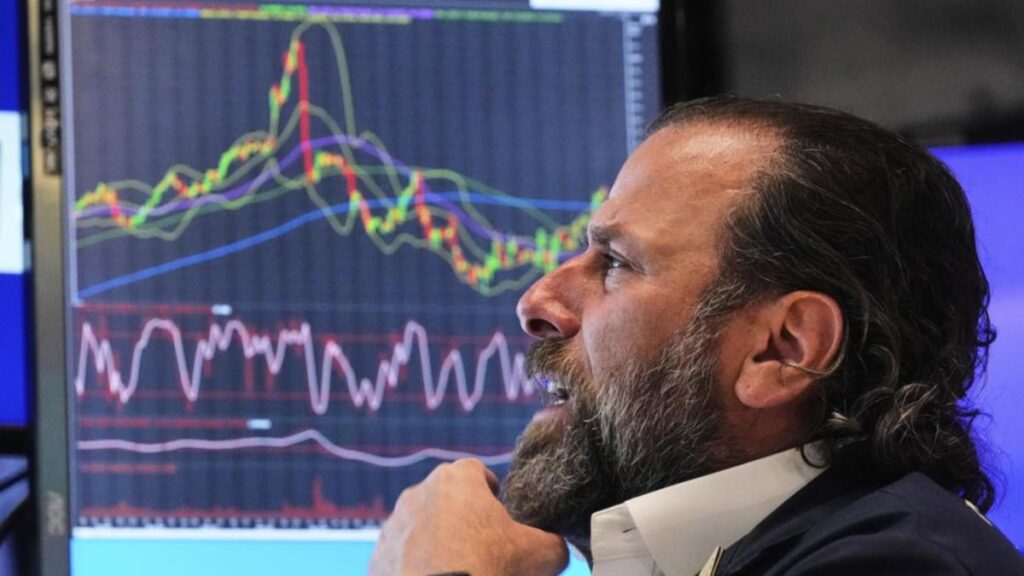The S&P 500 and the Nasdaq inched higher as investors parsed fresh inflation data and gauged its monetary policy implications following a spirited market rally spurred by the US-China trade reprieve.
US consumer prices rebounded moderately in April, with headline inflation increasing 0.2 per cent last month after dipping 0.1 per cent in March. Economists polled by Reuters had forecast that the CPI would rise 0.3 per cent.
The CPI climbed 2.3 per cent in the 12 months through April, after advancing 2.4 per cent in the 12-month period until March.
“In terms of inflation expectations and monetary policy, we’re very much in the same place that we were before the report came out,” said Jordan Rizzuto, chief investment officer at GammaRoad Capital Partners.
“We expect the Fed to continue to be in a wait-and-see mode until we see some further materialisation of pricing pressures that may come from the new trade policies.”
Traders leaned into bets that the Fed would hold off on lowering interest rates until September, while still anticipating two 25-basis-point cuts by the end of the year.
A number of US Federal Reserve officials are slated to speak this week, including Chair Jerome Powell on Thursday.
Weighing on the Dow, UnitedHealth fell 12.2 per cent after the insurance bellwether suspended its annual forecast and its CEO stepped down.
Seven of the 11 S&P 500 sub-sectors were higher, with a 2.4 per cent decline in the healthcare sector leading losses.
In early trading on Tuesday, the Dow Jones Industrial Average fell 149.69 points, or 0.38 per cent, to 42,260.41, the S&P 500 gained 12.03 points, or 0.21 per cent, to 5,856.22, and the Nasdaq Composite gained 106.92 points, or 0.57 per cent, to 18,815.27.
Monday’s relief rally saw Wall Street’s major indexes soar, buoyed by Washington and Beijing’s agreement to dial back stringent reciprocal tariffs, signaling a joint effort to stave off a global economic downturn.
The US will pause the extra tariffs it imposed on Chinese imports to 30 per cent from 145 per cent for three months, while Chinese duties on US imports will fall to 10 per cent from 125 per cent in the same period.
After the tariff truce, Goldman Sachs became the first major brokerage to lower its probability of a US recession.
The three major indexes have managed to recover from losses since April 2 – or “Liberation Day” – when US President Donald Trump announced sweeping reciprocal tariffs.
A 90-day pause announced on April 9 for countries other than China, along with solid earnings reports and a limited US-UK trade agreement last week, helped the S&P 500 and the tech-heavy Nasdaq regain lost ground.
Most megacap and growth stocks swung higher, with Nvidia and Amazon.com up more than 2.3 per cent each.
Crypto exchange operator Coinbase Global, which is slated to join the S&P 500 on May 19, was among the top movers, jumping 15 per cent.
As earnings season draws to a close with more than 90 per cent of S&P 500 companies having reported earnings, investors look forward to results from retail giant Walmart, expected later this week.
Advancing issues outnumbered decliners by a 2.13-to-1 ratio on the NYSE, and by a 1.45-to-1 ratio on the Nasdaq.
The S&P 500 posted nine new 52-week highs and one new low, while the Nasdaq Composite recorded 29 new highs and 22 new lows.



